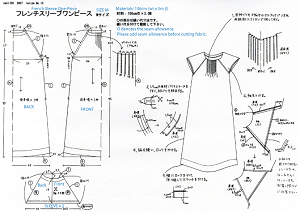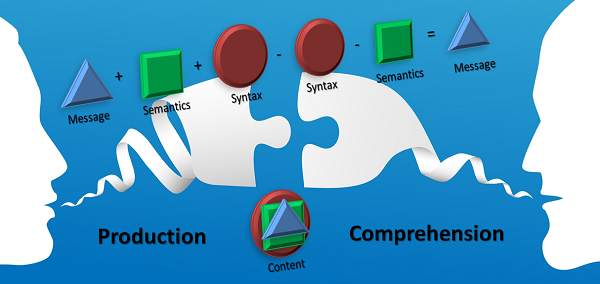12 Apr Making a Pattern of Comprenshion
In A Timeless Way of Building, Christopher Alexander points out that “…no pattern is an isolated entity. Each pattern can exist in the world only to the extent that it is supported by other patterns: the larger patterns in which it is embedded, the patterns of the same size that surround it, and the smaller patterns which are embedded in it” (Alexander 1979)
When you make a garment, a typical procedure is to begin with a pattern whose component parts may be reused. The outline of the pattern provides the necessary shape, lines and dimensions for cutting out the fabric that forms the garment. Pieces of the pattern can be used in other larger patterns, and any combination of colors and fabrics may be applied to the patterns to produce a significant variety of garments. Departure from established patterns often introduces brilliant innovations, but upon close inspection, it often turns out that the departure is not that far from the original, confirming our understanding that patterns are very important.
| Understanding Context Cross-Reference |
|---|
| Click on these Links to other posts and glossary/bibliography references |
|
|
|
| Prior Post | Next Post |
| Are You My Grammar? | Translation: Inverted Communication |
| Definitions | References |
| language pattern | Duda 1973 Winograd 1983 |
| syntax semantics | Singh 1966 David Sheen |
Patterns are used in a similar way with producing and comprehending language: “A comparable idea of linguistic patterns can be used to describe the possible forms of a language” (Winograd, 1983 p.36). In Language as a Cognitive Process, Terry Winograd works from simple to complex patterns of language that form the pieces of communication. Making a pattern of comprehension is a good foundation for our computing model.
We have spoken of patterns before. The concept appears in perception, cognition and even in the fundamental flow of electrical impulses that occurs in the brain. It stands to reason that if we perceive and think in patterns, then we should communicate in patterns as well. The pattern of comprehension requires another bookend: an author or speaker to initiate a linguistic act. Let’s call this human or device the “producer”.
 Comprehension
Comprehension
Comprehension is the opposite of the production process described in yesterday’s post. It is the act of associating words, structures, and idioms with abstract particles of meaning in order to assemble them into cohesive concepts based on the experiences, intuition and perspective of the comprehender (Singh, 1966). Using the geometrical model, we can see that comprehension is a mirror image of production. Syntax is analyzed to understand the semantic core. In regular communication, the message need not be divorced from the expressive elements; however, a comprehender whose native language is different from the producer may interpret the message in terms of his or her own language. Such a conversion may be said to involve a complete segregation of the semantic core. Hence, the complete cognitive model for communication is symmetrical. The symmetry of this model is an important characteristic. The existence of natural structures can often help in the design of automated systems.
Context is critical to this model. Knowing about the identity of both the author (speaker or producer) and audience (comprehenders) of a linguistic act is necessary to fully comprehend the intent. Now add to this subtext, emotion and the pragmatics of the domain of communication, and voila – understanding. The symmetrical pattern finds balance when both sides of the communicative act bring to bear the needed components and use them well.
“Patterns are all interconnected to smaller patterns that they encompass, and to larger patterns that they themselves are encompassed by. Just as a language is a set of symbols and a set of rules for using those symbols, a pattern language is a set of patterns and a set of sequential rules, for using those patterns. Just as an infinite number of one-dimensional sentences create themselves out of the English language, an infinite number of three-dimensional pattern sentences, or buildings, create themselves out of pattern languages. When a set of patterns differentiate space in a way that treats a building as a whole, it is a successful pattern language” (David Sheen).
| Click below to look in each Understanding Context section |
|---|










